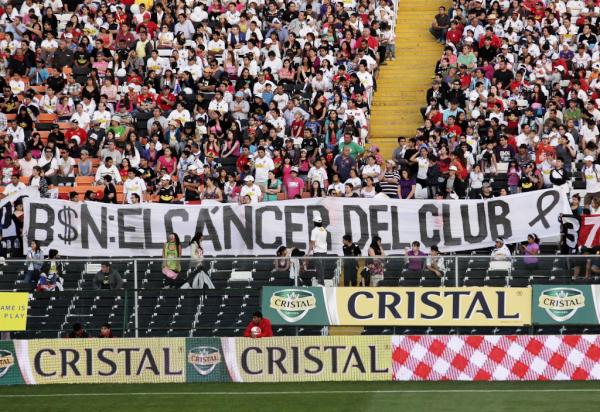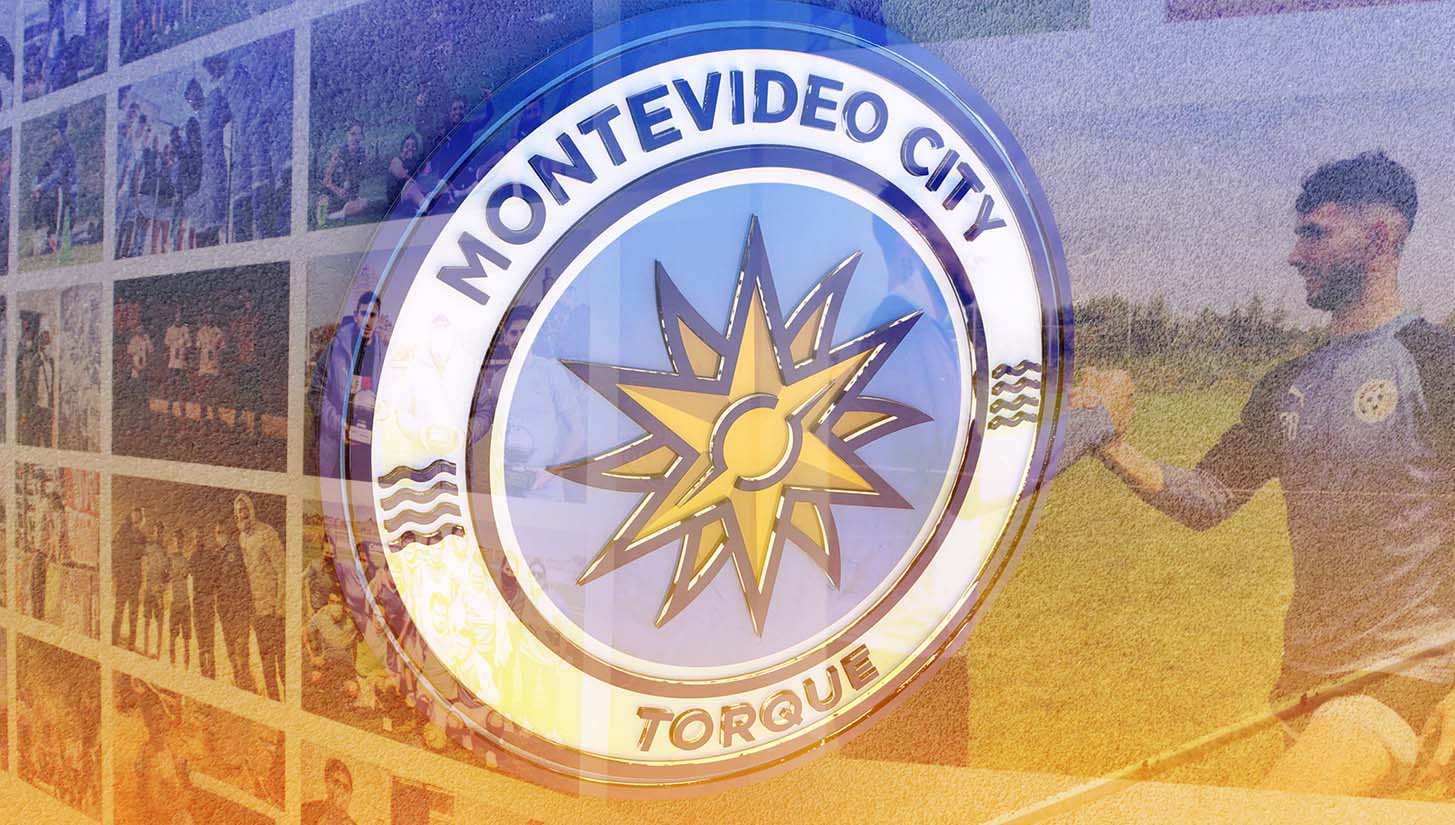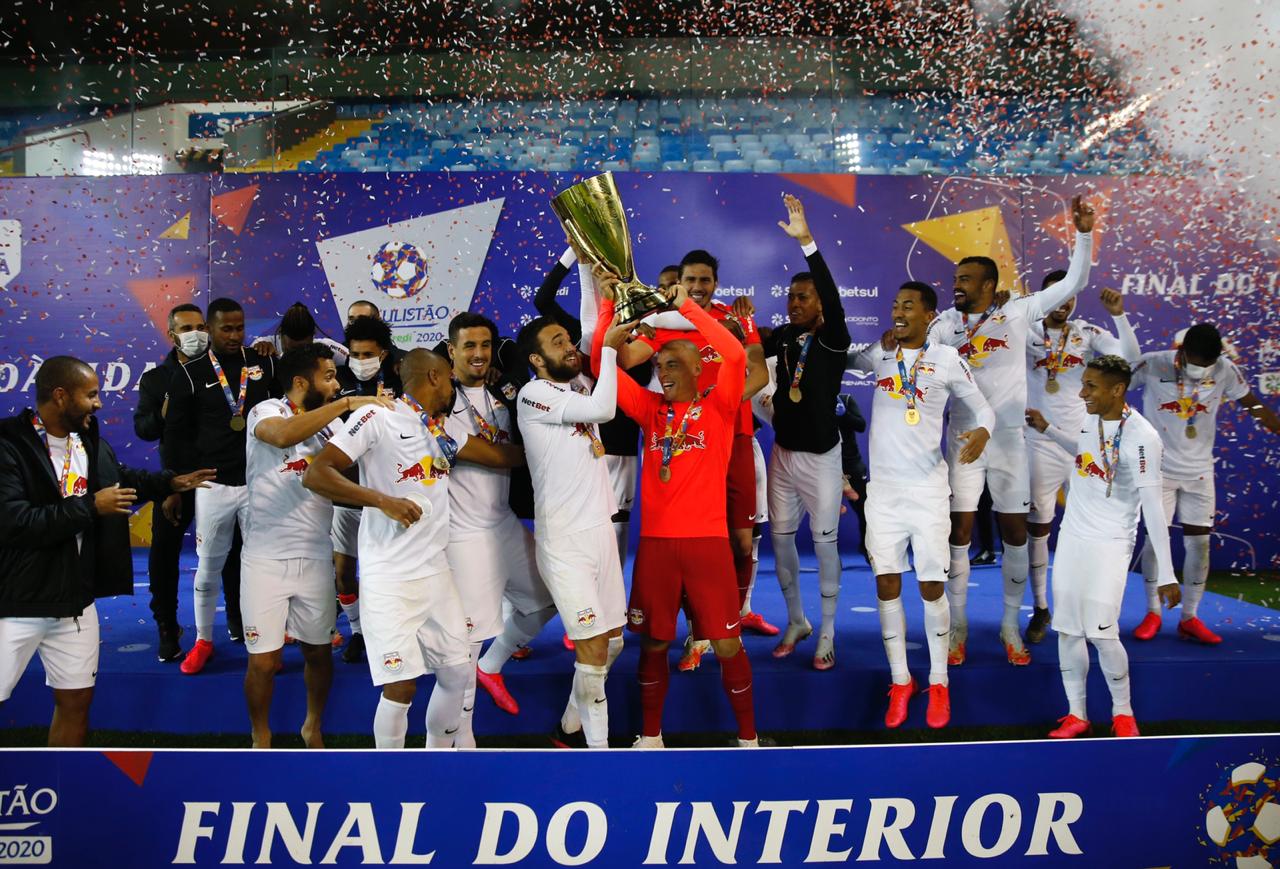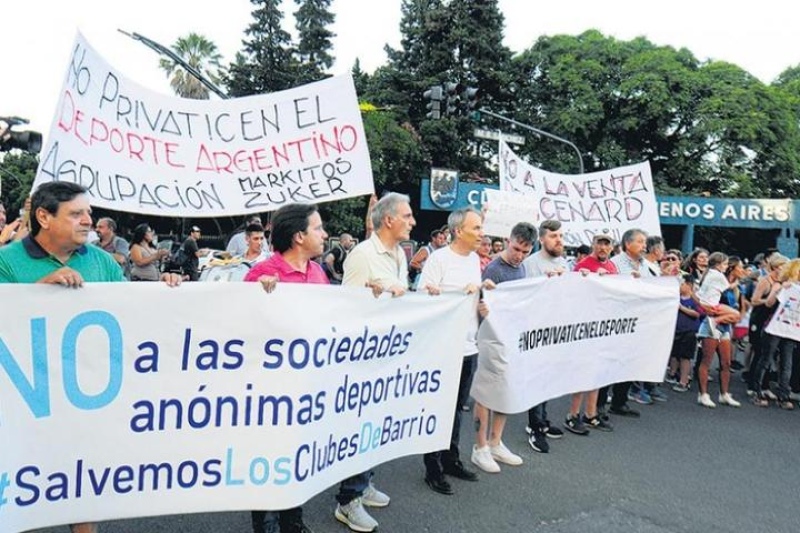South American football is at a turning point, with political leaders in Argentina calling for reform and organizations like City Football Group and Red Bull steadily increasing their influence in the region. The traditional era of “social clubs,” where teams were community-based organizations with democratic elections, is increasingly being replaced by private ownership. For many, the age of the “social club” has long passed, and clubs are now turning to private investment to stabilize their finances and, in many cases, generate profits.
On paper, South American football has been celebrated for its “honest” charm: skillful players, iconic clubs, and local teams that are run as social clubs with democratic processes to elect their leadership. While a few major European clubs like Real Madrid and Barcelona still uphold this traditional model, most global giants such as Chelsea, AC Milan, and Manchester United are privately owned and run as business enterprises.
Over the past 20 years, football clubs across the globe have increasingly adopted business models resembling NFL franchises rather than the community-oriented clubs on which many of these institutions were founded. This shift is also occurring in South America, where resistance to privatized ownership persists, but the financial success seen in other regions has made privatization an increasingly attractive solution for many clubs.
Despite resistance, figures like Argentine President Javier Milei are advocating for reforms that would allow private funding to “salvage” struggling Argentine clubs, many of which are facing serious financial difficulties.
The Status of Privatization in South America

Several South American countries have already embraced privatization, albeit with mixed results. In Chile, the introduction of Sociedades Anónimas Deportivas (SADs) in 2005 allowed private investors to take control of clubs like Colo Colo, Universidad de Chile, and Universidad Católica, which were on the brink of bankruptcy.
According to Danilo Díaz, president of the Circle of Sports Journalists, “The clubs were everyone’s, but they belonged to no one. It wasn’t a political decision to take over football; rather, the legislation was changed so that there would be financial accountability. Someone had to take economic responsibility for the workers.”
The law provided a legal framework that allowed private investors to take control and help turn these clubs into profitable entities, but while the model initially brought financial stability, it hasn’t solved the underlying financial issues at many clubs. In some cases, the reforms have only increased debt, and despite regulations designed to ensure fiscal responsibility, many clubs continue to overspend and mismanage their resources.
The SAD model also has significant transparency issues. Clubs are often owned by hidden stakeholders, such as player agents, which has led to a concentration of power and control in the hands of a few individuals. This lack of transparency has allowed agents to manipulate player contracts and budgets to their advantage, creating an unhealthy monopolistic environment.
Critics, including some of the law’s original advocates, argue that the model has failed to deliver on its promises of long-term sustainability. Furthermore, efforts to tighten oversight and regulation have stalled in Chilean government, leaving the model vulnerable to continued mismanagement. The broader issue of ownership transparency has been a key point of contention, with many fans and critics alike demanding more visibility into who is truly in charge of their clubs.
Uruguay and Bolivia: The Arrival of City Football Group

Uruguay has also seen the rise of privatized clubs, with Montevideo City Torque becoming the flagship example of the City Football Group’s expansion in South America. Torque, under the holding company that owns clubs like Manchester City, New York City FC, and Palermo, has experienced notable growth and success, much of it driven by the private investment from the group.
According to Javier Nóblega Muxí, CEO of Montevideo City Torque, “Slowly more clubs have adopted the model of the SADs, or are understanding now to which clubs privatization applies… there are clubs (in Uruguay) that can adopt this model and there are clubs that can’t.”
In Uruguay, where 80% of the fanbase is divided between the two dominant clubs Nacional and Peñarol, many smaller clubs struggle to survive with limited support. For clubs like Torque, privatization offers a way to build long-term sustainability and become solvent.
“In some cases with privatization (for small clubs), the sale of players can be a way to keep things level,” Nóblega Muxí said. “The owners need to understand the business, in this case the formation of soccer players, understand that things take time and that it’s a long-term investment.”
Under City Football Group, Torque has also built a reputation for strong youth development, with the club becoming one of the top producers of Uruguayan national team players. It’s a model that has worked well for the group, with players like Taty Castellanos benefiting from the network’s resources and connections. Castellanos moved from Torque to NYCFC, and eventually to Lazio in Italy, becoming an international player after initially playing in the second divisions of both Argentina and Uruguay. Torque’s transformation under the guidance of City Football Group demonstrates how private investment can radically change the trajectory of a smaller club in South America, offering them both financial stability and the ability to compete on a global stage.
City Football Group also extended its reach to Bolivia, partnering with Club Bolivar in 2021. The club’s headquarters will also host City Football Academy, the company’s first licensed youth academy.
Brazil and Red Bull: A Success Story with Bragantino

In Brazil, the involvement of Red Bull in Bragantino has been a prime example of how private investment can breathe new life into a struggling club. In 2019, Red Bull injected R$45 million into Bragantino, which had been struggling in Serie B.
This financial support enabled the club to rapidly stabilize its operations and gain promotion to Serie A just seven months later — far quicker than the two-year timeline initially expected. Red Bull’s approach with Bragantino goes beyond financial support; it is about long-term development and building a sustainable club. The company’s investment focuses on player development, with the goal of sending players to top leagues around the world and turning Bragantino into a major force in South American football.
Red Bull’s influence extends beyond Bragantino, as they are also involved with RB Leipzig in Germany and New York Red Bulls in the U.S. Under the direction of Jurgen Klopp, who now oversees football operations at Red Bull, the group aims to continue growing its network of successful, globally competitive clubs.
Will Argentina Follow Suit?

The question of privatization remains a complex and politically charged issue in Argentina, a country where soccer holds immense cultural and political power.
The idea of privatizing Argentina’s historic clubs like River Plate and Boca Juniors has been met with significant resistance, particularly due to the country’s strong soccer traditions and the clubs’ deep connections with their fanbases. Despite this, privatization is gaining traction among certain political figures and business leaders. For instance, Mauricio Macri, the former president of Boca Juniors, played a key role in transforming the club into one of the wealthiest and most successful football institutions in Latin America. His tenure marked a period of modernization, with improved financial management, sponsorship deals, and infrastructure investments.
Similarly, Rodolfo D’Onofrio, president of River Plate from 2013 to 2021, turned the club around from a period of financial instability to become one of the most successful clubs in South America. Under his leadership, River Plate won multiple Primera División titles and Copa Libertadores trophies, cementing its place at the top of the football world.
Despite the financial successes of clubs like Boca Juniors and River Plate, many smaller Argentine clubs continue to struggle with debt and mismanagement, leading to calls for reform.
Argentina’s football league, now expanding to a 30-team format with a playoff system like Major League Soccer, has become increasingly fragmented, with many clubs in financial distress.
Football fans in Argentina are uniting to resist the privatization of their clubs. Football is the country’s most significant cultural institution, its clubs are owned by the fans, and this system is protected by law. Milei is planning to abolish these protections to allow… pic.twitter.com/bHzJTSkm4k
— red. (@redstreamnet) April 6, 2024
ESPN Argentina reporter Jorge Baravalle argues that while the debate on privatization is still in its early stages, what is needed is a clear, structured law that provides a framework for private investment in clubs.
“What is needed to get privatization going in the country is a law, a clear law that establishes the parameters, and that is something difficult to come by in Argentina,” Baravalle said.
A model similar to the Bundesliga’s 50+1 ownership structure, which allows private funding while maintaining membership control, could be a potential solution.
However, with millions of passionate fans and deeply ingrained traditions, the question remains: will Argentina’s clubs, which are already run like major enterprises, take the next step toward full privatization?








